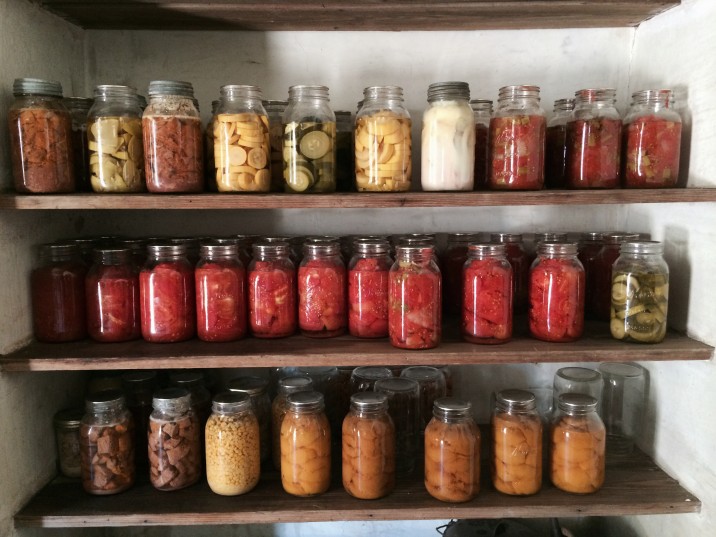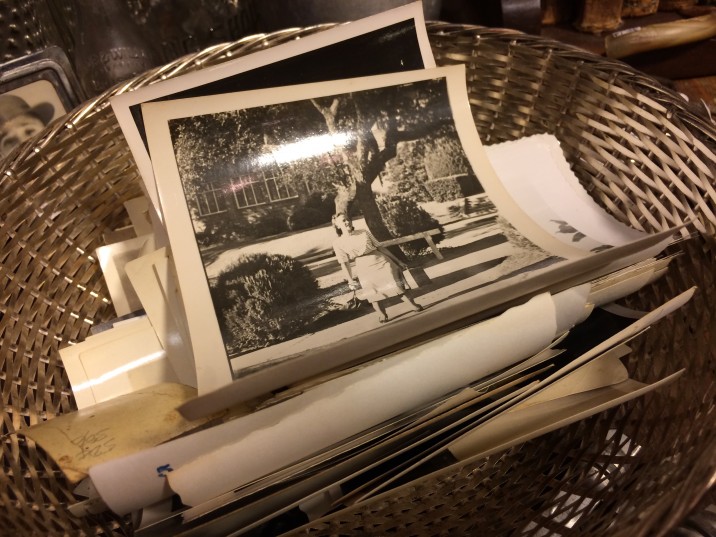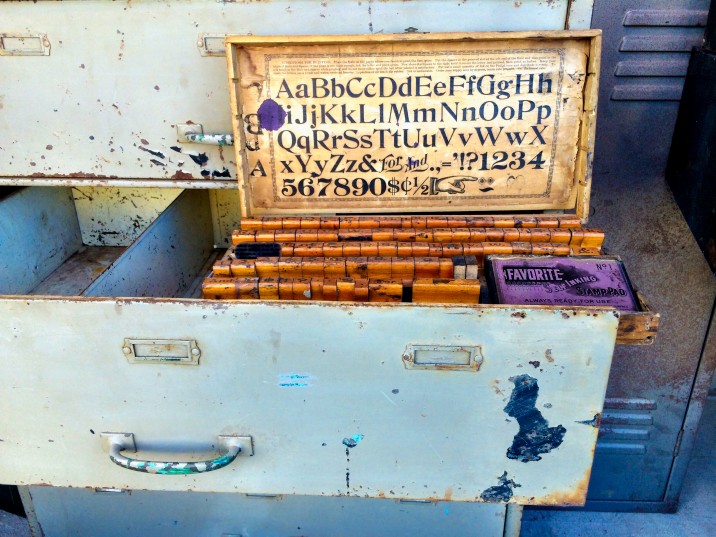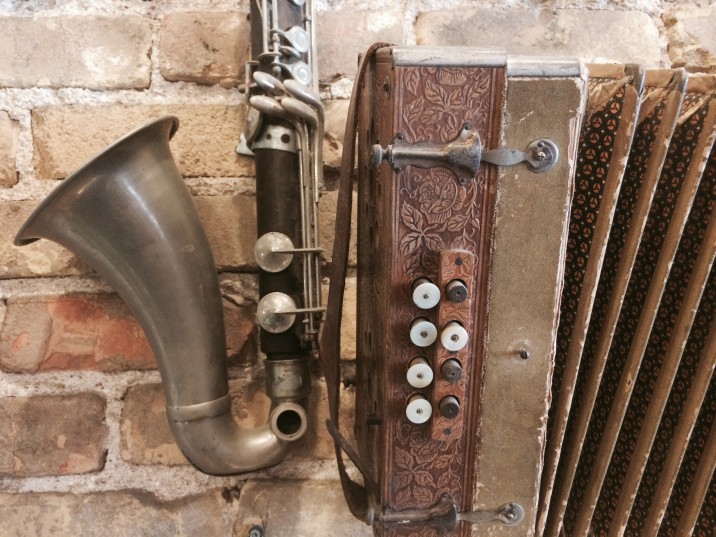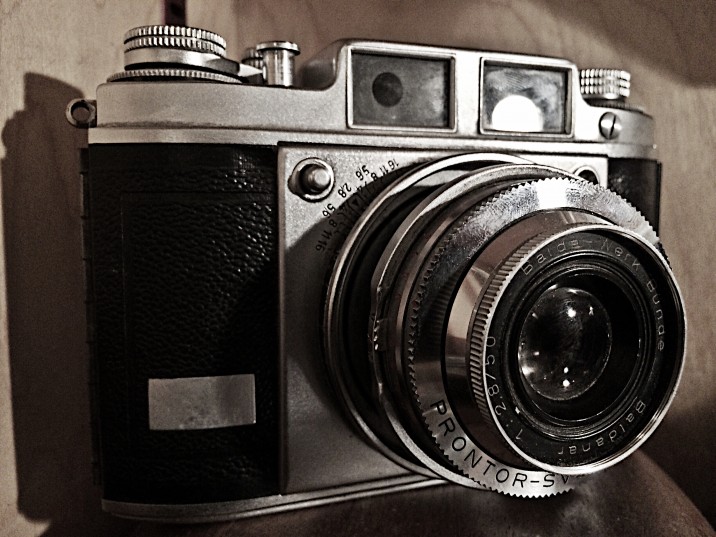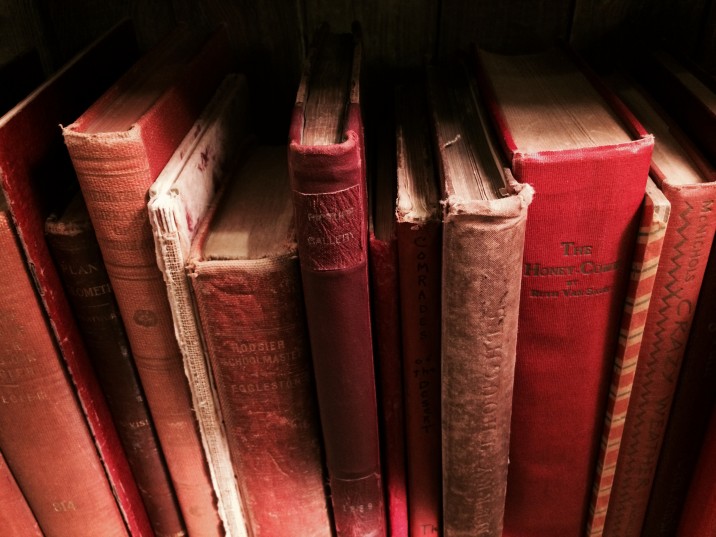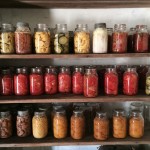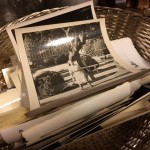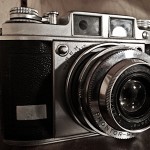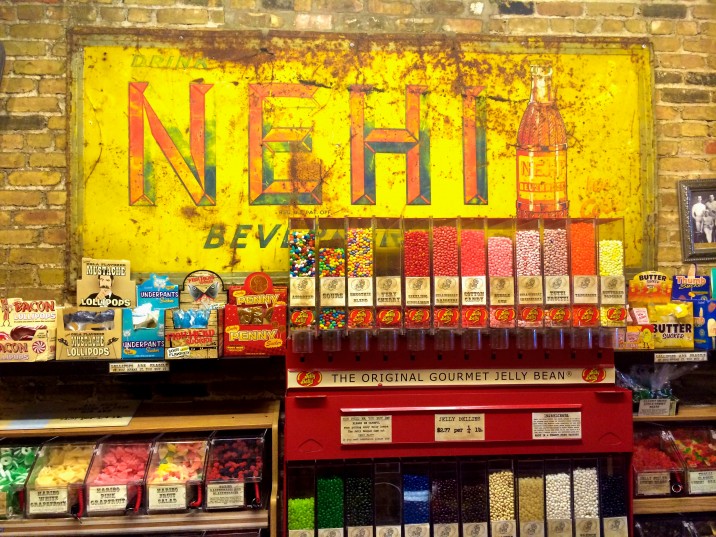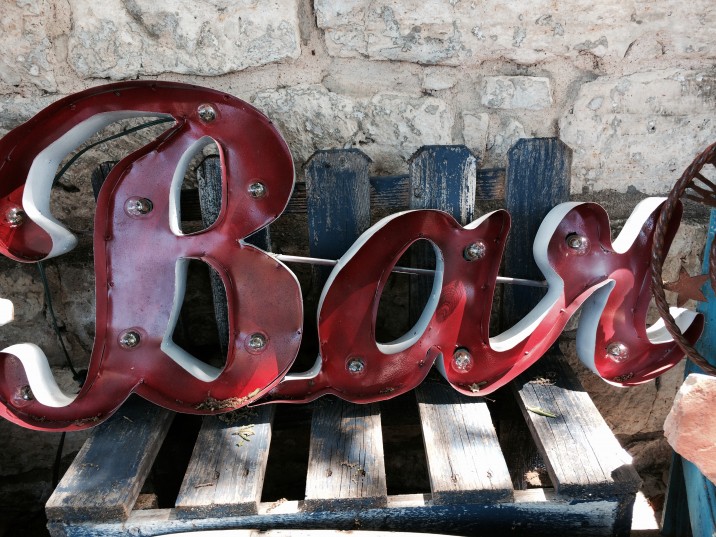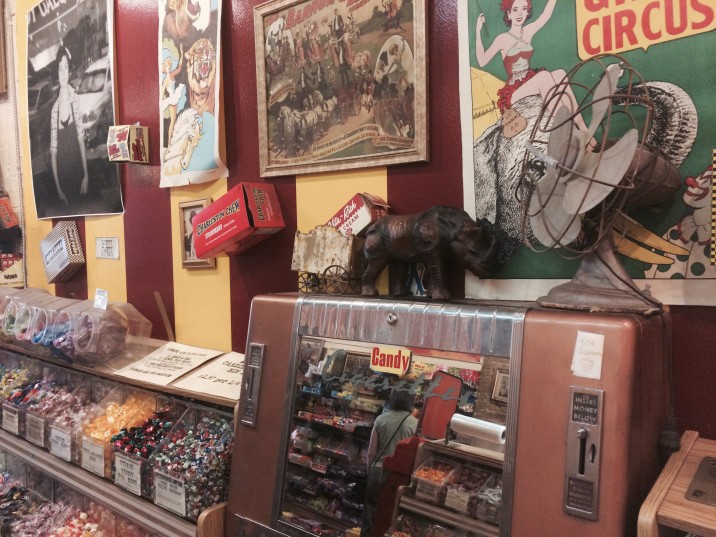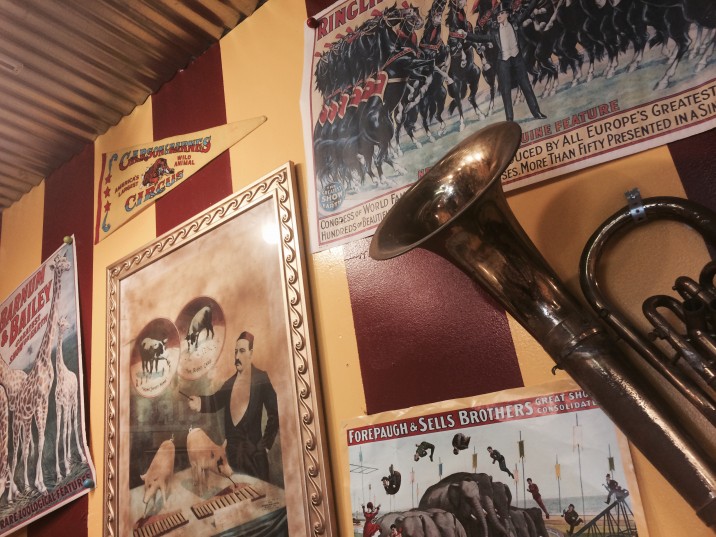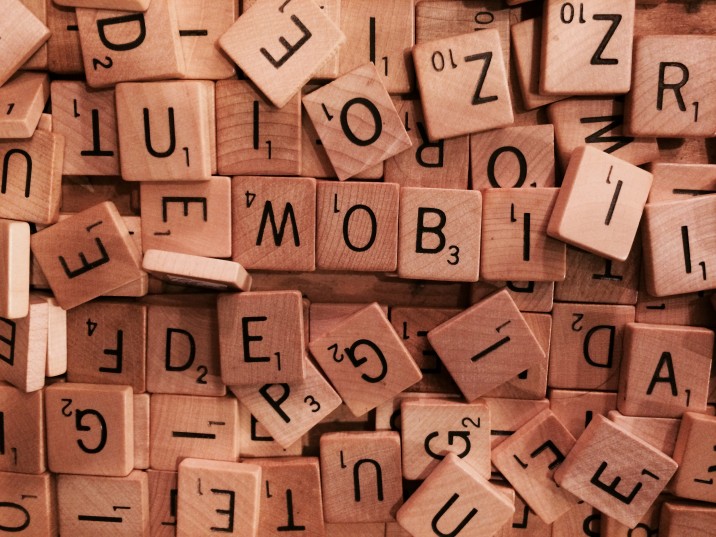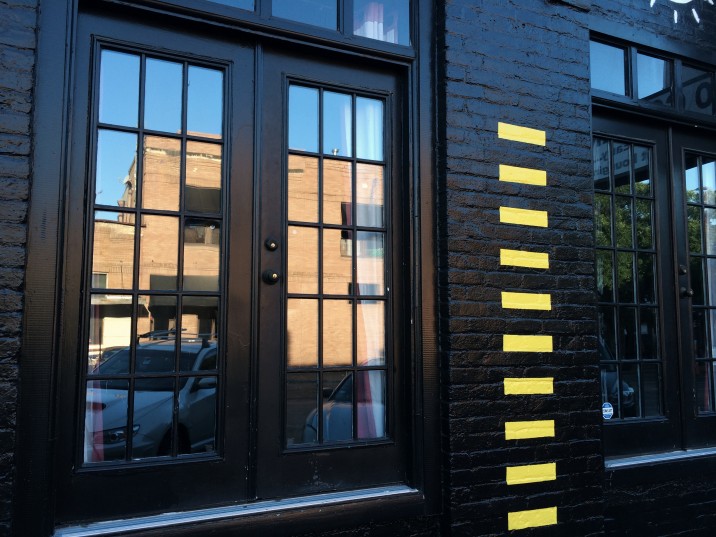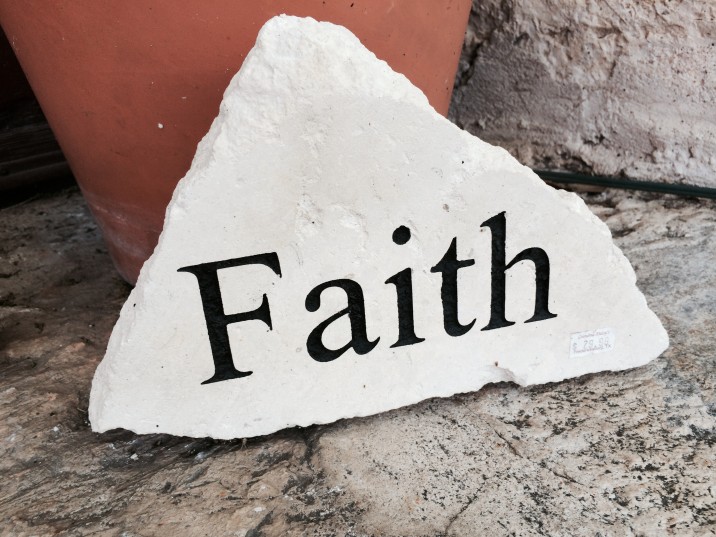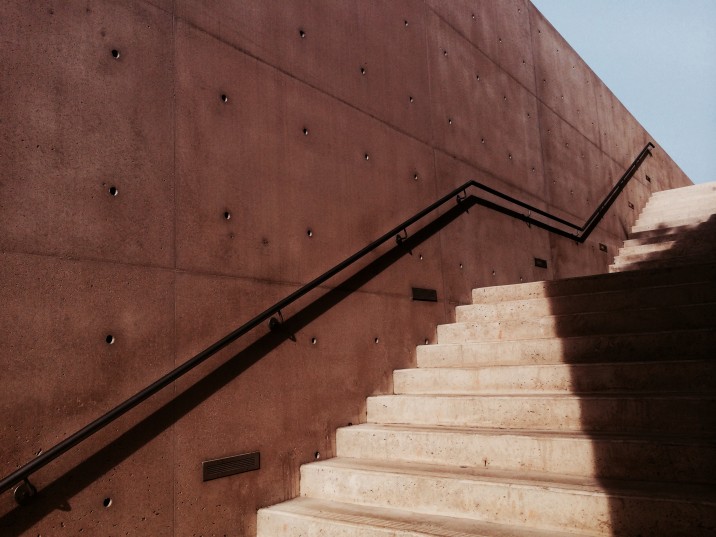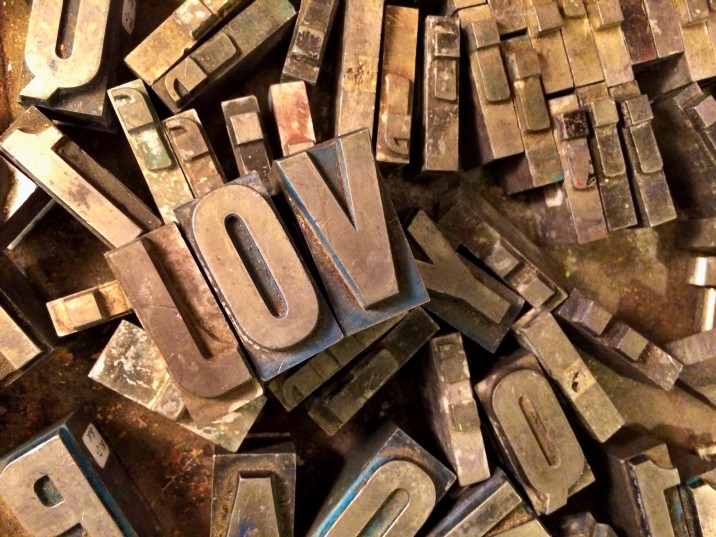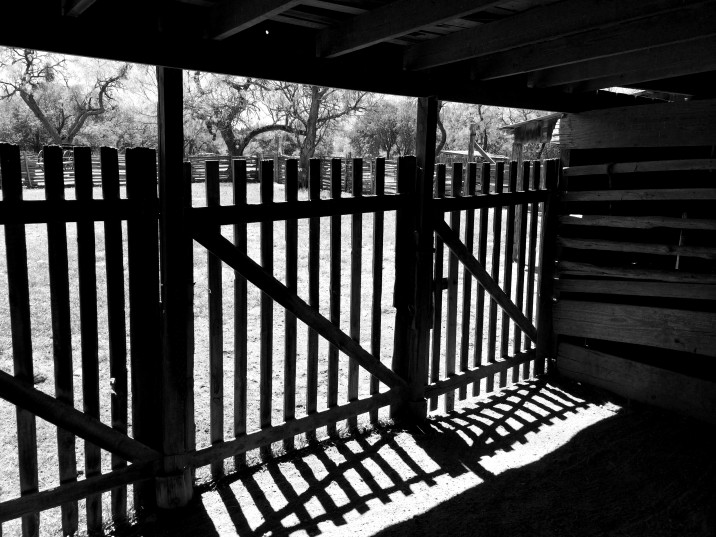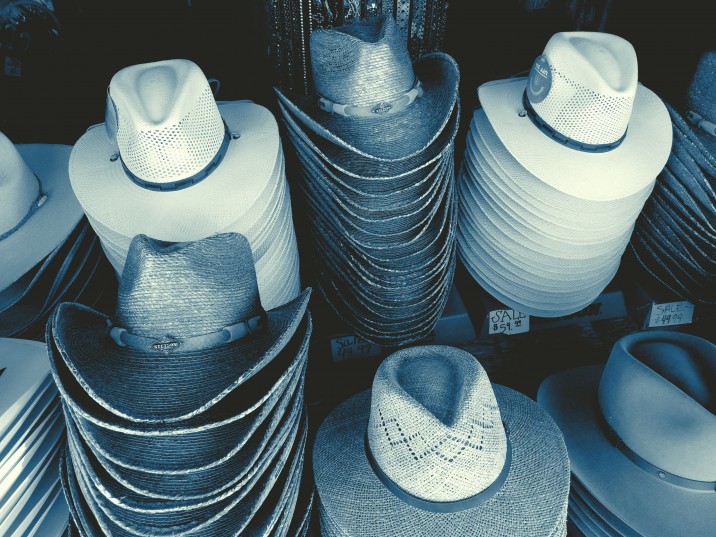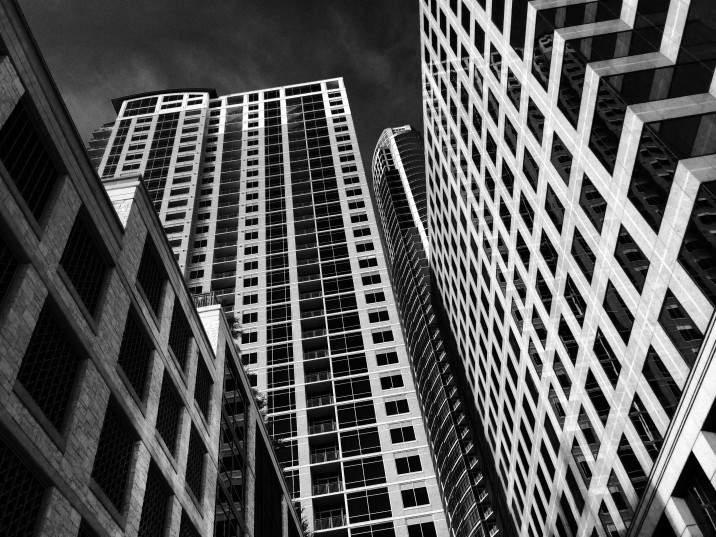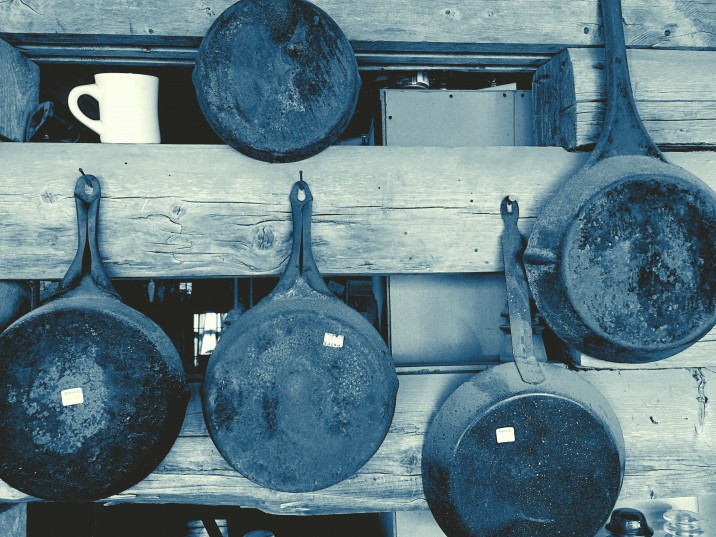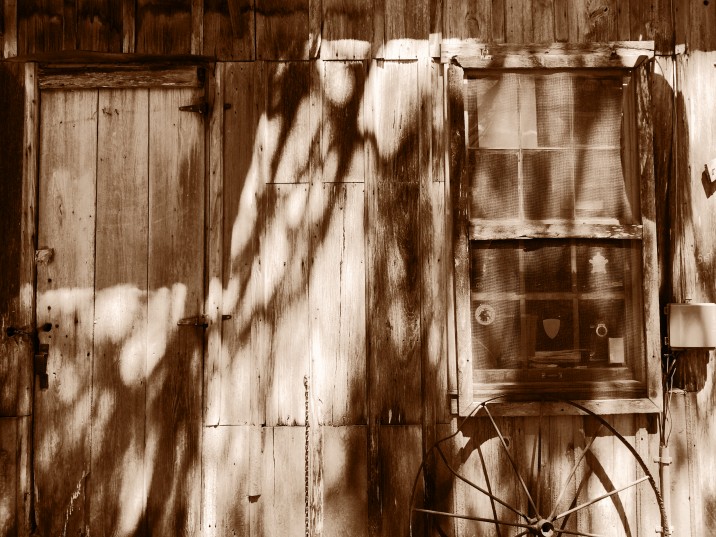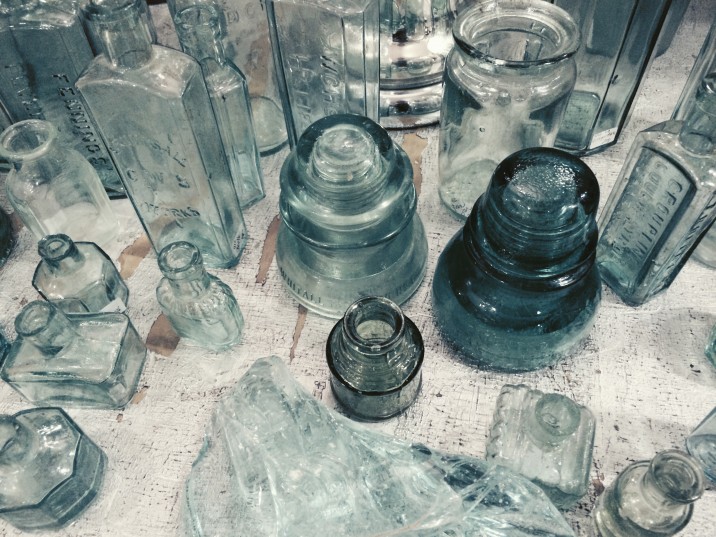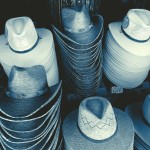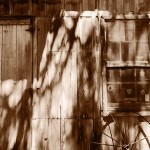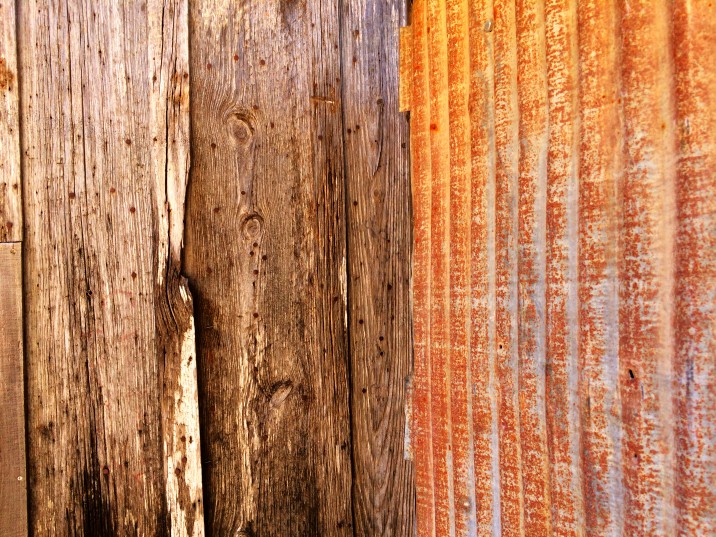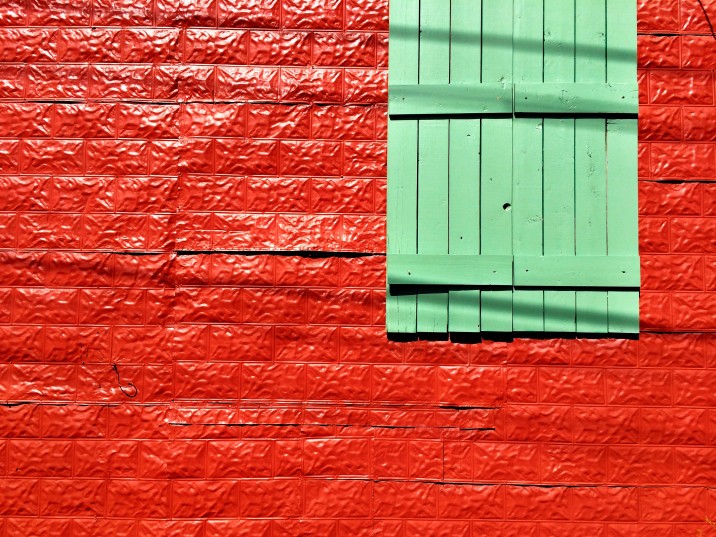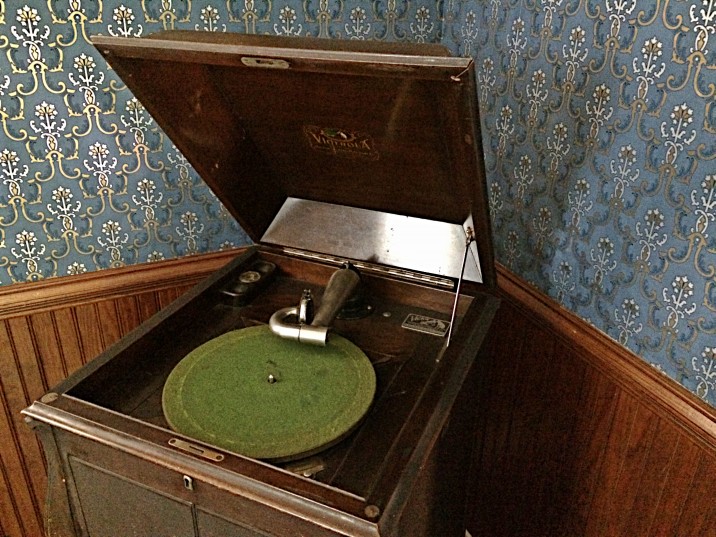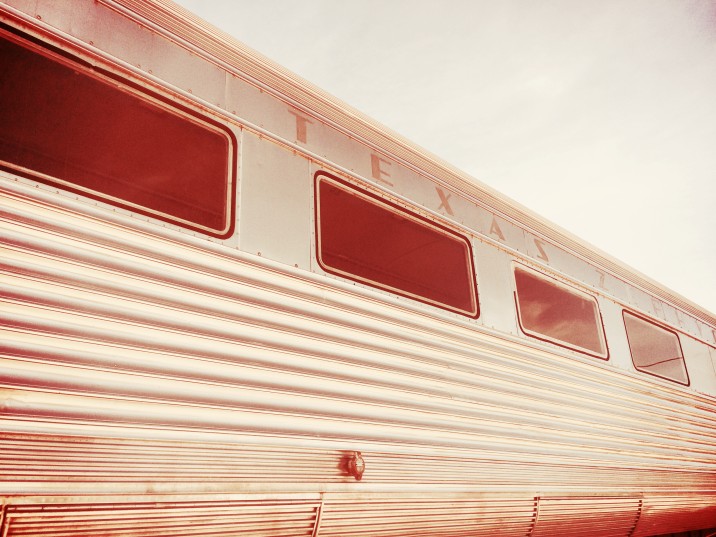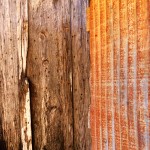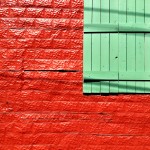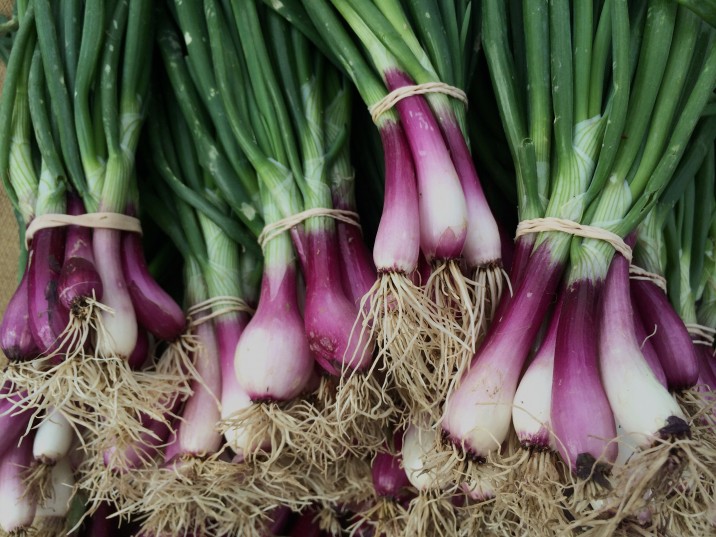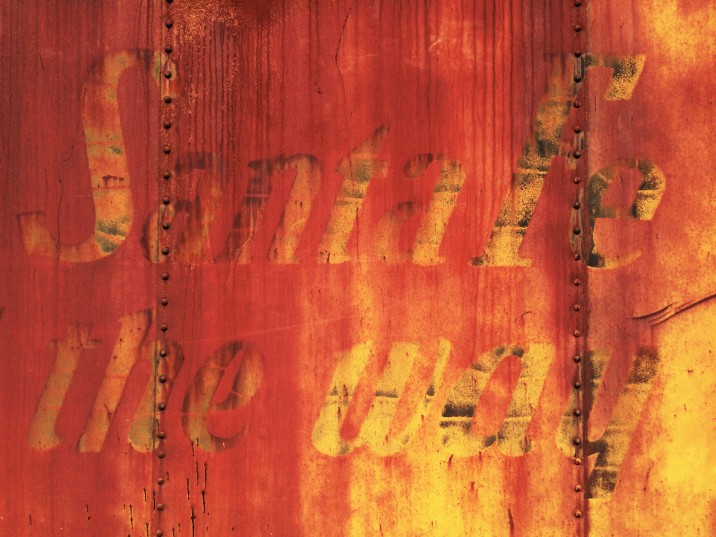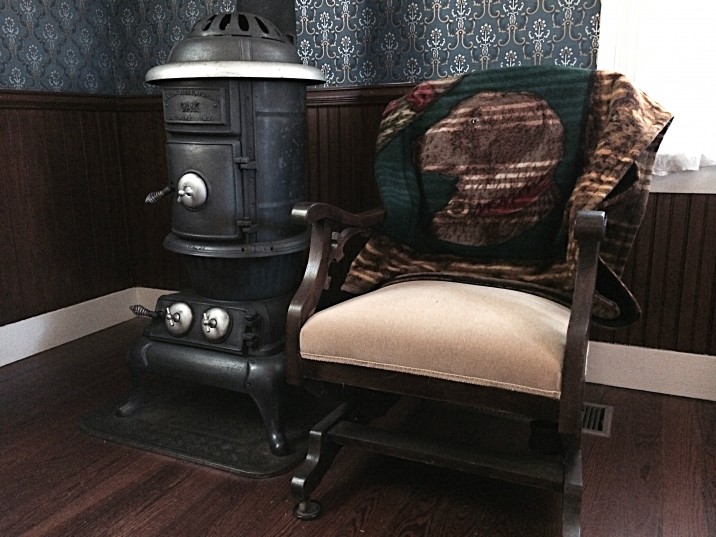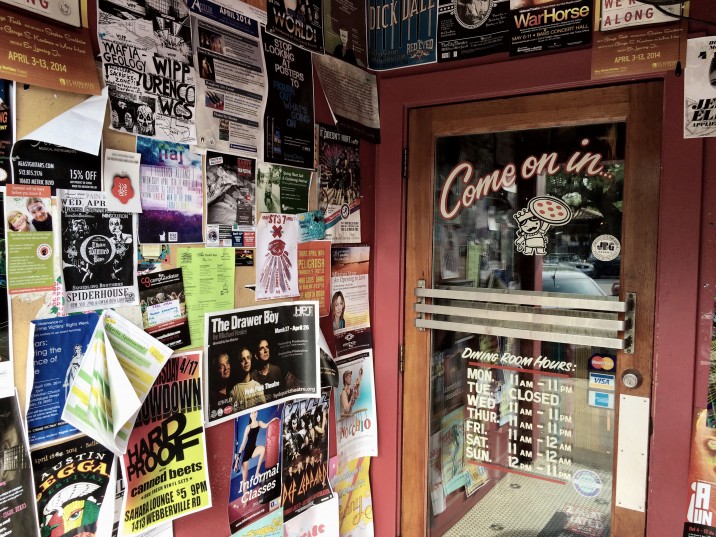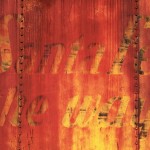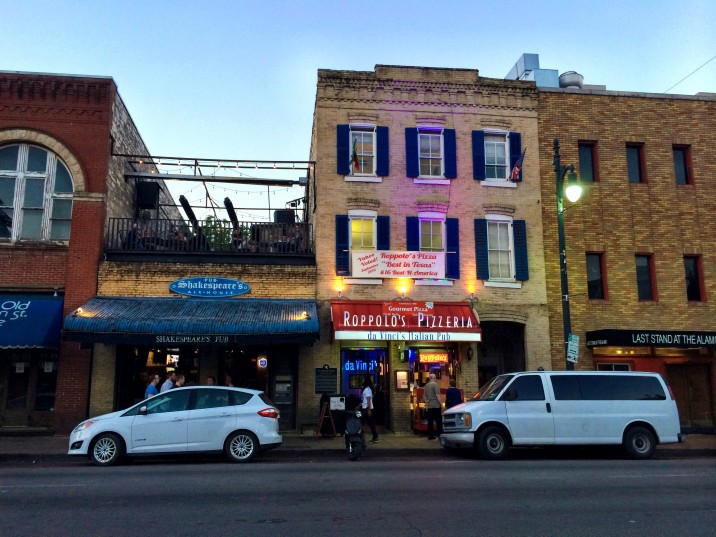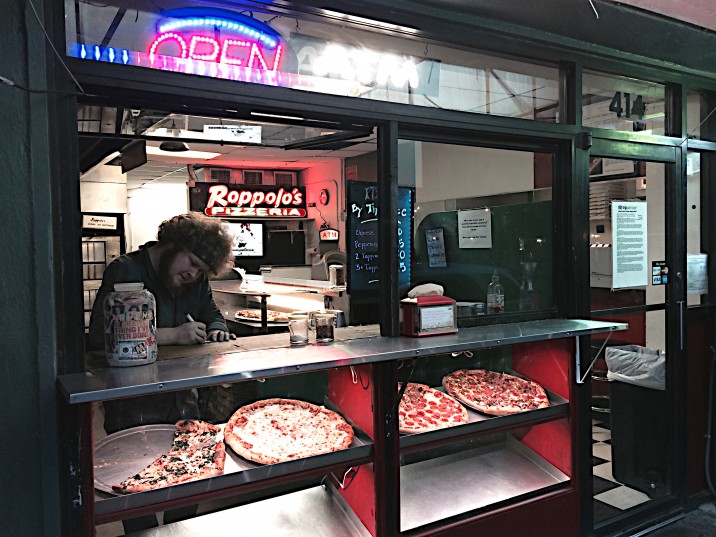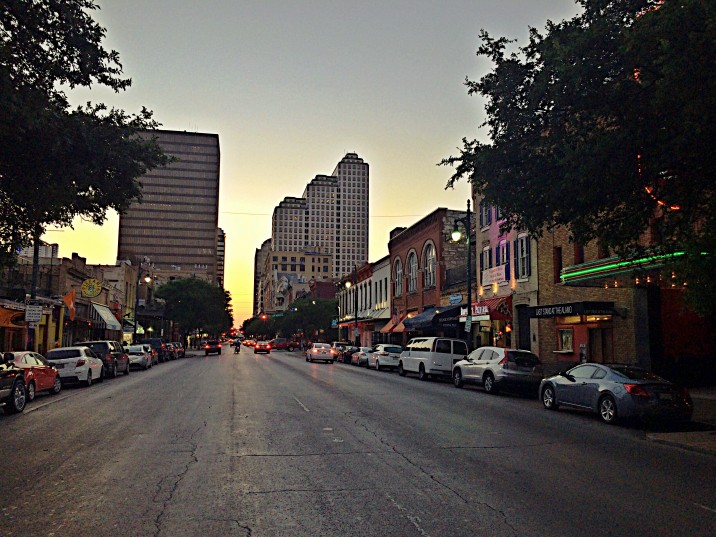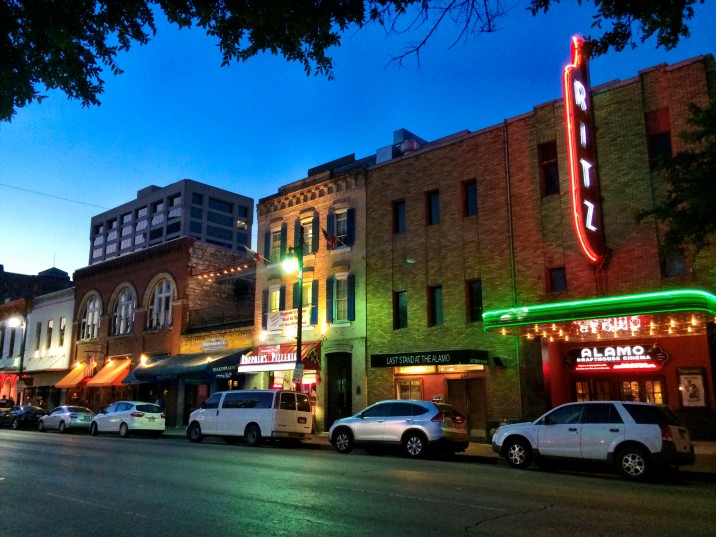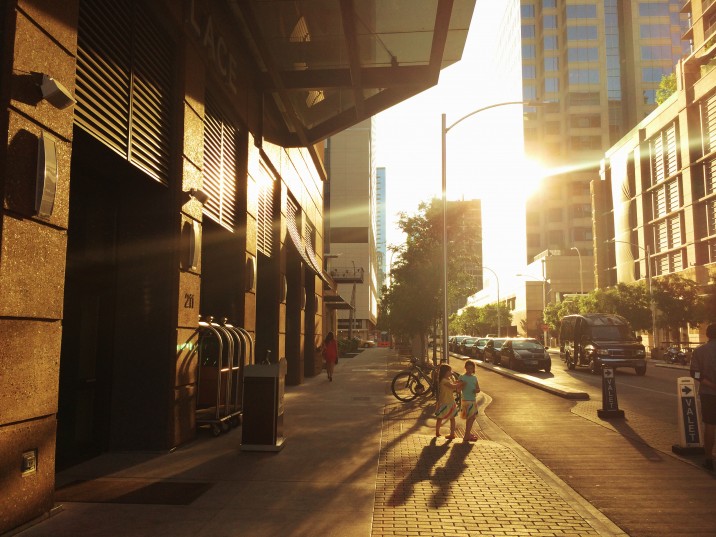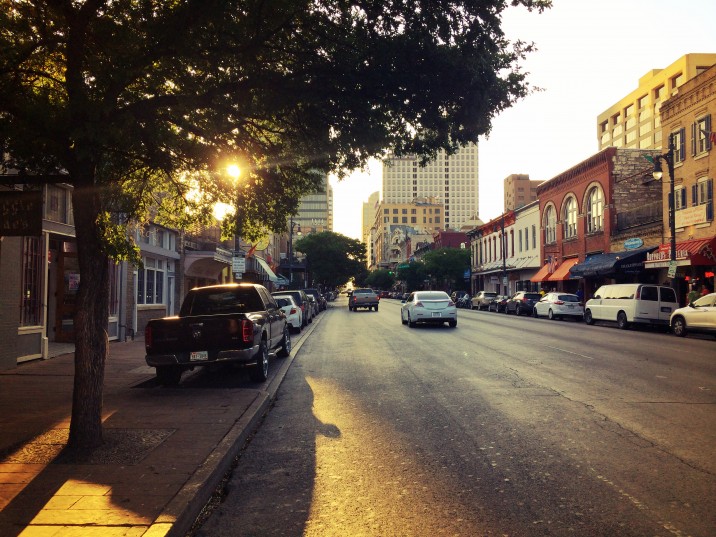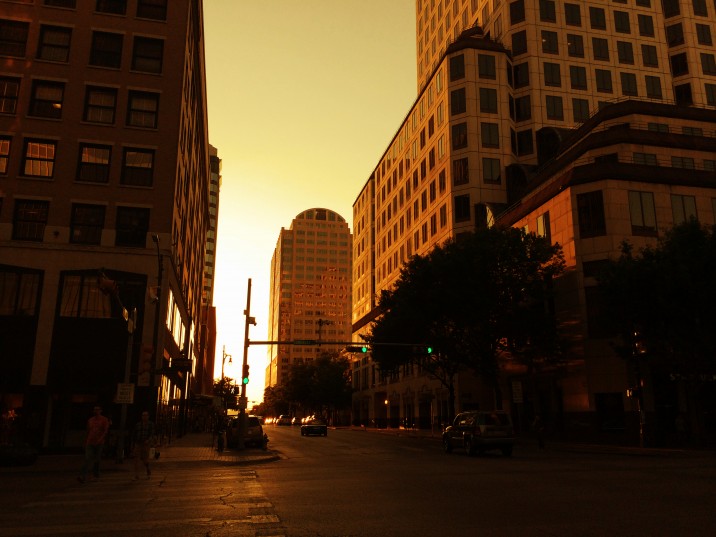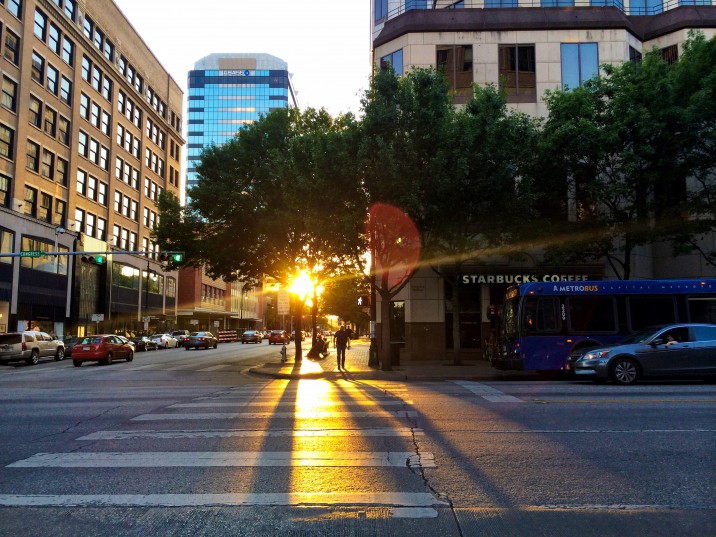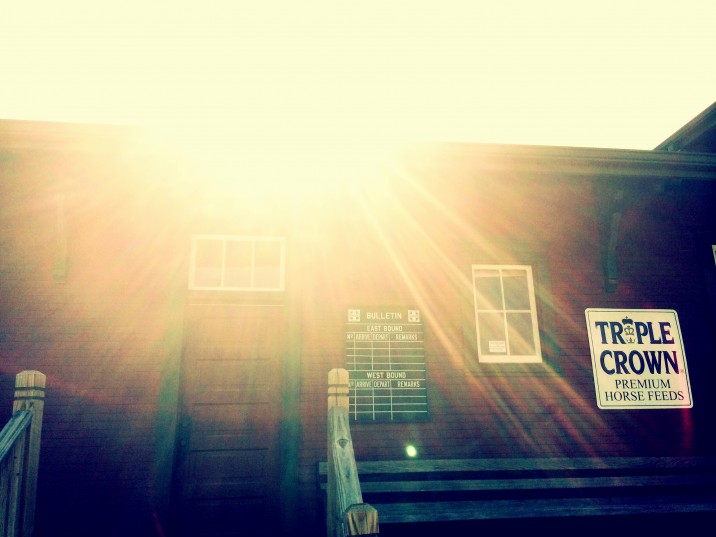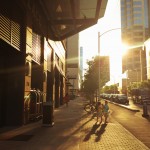How to Shoot Great Everyday Photography with Your iPhone
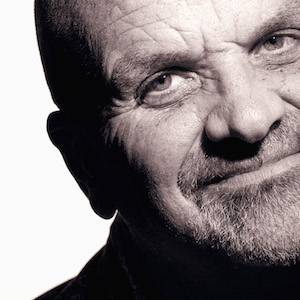
About Jack Hollingsworth
Jack Hollingsworth, a denizen of Austin, TX, is an award-winning, 30-year career veteran in commercial photography. Jack has fallen in love with his iPhone camera as his primary capture tool. He is also an avid Camera+ devotee and has been since day one. He deeply believes that, when all is said and done, the iPhone may just be remembered as the most influential capture device ever in the history of photography.
Everyday photography isn’t new. It’s always been around. Some call it ‘vernacular photography’; others simply call it ‘social photography’. Regardless, we’ll define it here as ‘everyday’ in that it is the photographing of everyday common subjects and objects: here, there, everywhere.
It was Apple, back in 2007, which gave everyday photography its true birthright. Over the next few years it was Flickr that gave everyday photography its foundation. Now, Instagram has given everyday photography its wings and allowed it to reach a global audience. It has helped democratize photography’s popularity…creating a new generation of everyday photographers.
Think of mobile photography, generally speaking, as having a tripod where the three legs consist of shooting, beautifying and sharing. All legs are equally important. All carry equal weight. All of them make up the total of the mobile photography experience. As a matter of fact, I might even argue that it’s the actual integration and not the isolation of these 3 elements that make iPhone everyday photography a compelling experience. Your subjects are all around you, literally everywhere you look. The possibilities for capturing, editing and sharing are boundless. Indeed, the ‘sharing’ element of everyday photography is, in my estimation, what makes this genre so popular.
I would be the first to admit that everyday photography has become one of my favorite genres. I have a camera in my pocket that is always with me. I am able to shoot anything, at anytime, at anyplace. That wasn’t the case in my DSLR days, but it surely is the case today. What’s not to love about that?
Common Objects, Uncommon Style
Don’t for a minute think that just because we are talking about photographing common subjects and objects, we are referring to pedestrian and predictable photos. Everyday photography (done right) is shooting common objects in an uncommon style – your style, your spin, your photographic take on the ‘everyday’ that is around you.
If you look at Instagram, you see examples (many of them bad ones) of everyday photography. There is, in most cases, little thought into shooting or beautifying. For many, it’s just about the sharing. This is NOT the kind of everyday photography I’m referring to.
The type of vernacular imagery I’m talking about here should actually elevate common subjects and objects – show them off in a brand new light; give viewers a reason to take a second look; instill a visual appreciation for the ordinary stuff that surrounds us, and turn the usual into the unusual…the commonplace into the exceptional…the familiar into the unfamiliar!
1.0 common objects uncommon style
The Brand Called “You”
Everyday photography is the perfect genre to show off your own photographic style. After all, style is really nothing more than putting the ‘you’ into your photography. Photographing the ‘everyday’ in uncommon ways is one of the best ways to show off your vision, your style, and your imprint.
Take a look at this series of photos. Do you see a common thread of design, color, and style? Does this series look like it came from one or several photographers? Would you be able to define this style? Now, insert your own photographs. Can you see a style emerging? Are you lured into shooting the same subjects over and over? Do you like saturation or desaturation? Are you attracted to certain colors? Answers to these questions will help you define the brand called ‘you’ and will help you turn your everyday photos into something special, memorable and shareable!
2.0 the brand called you
Concepts, Not Subjects
Everything you shoot has two meanings – literal and figurative. The literal meaning is the subject itself (what you shoot). The figurative (non–literal) meaning is the concept behind the subject. At first, this may be something you have to get your head around but trust me, once you do, your visual vocabulary will increase. You will begin to look at everyday things/items and realize them to be full of both documentative and interpretive meaning. A simple door, window or stairway will no longer be just a literal photographic subject. Now…it might carry a more lofty meaning – ‘discovery’, ‘breakthrough’, ‘opening’, or ‘revelation’.
So much of everyday photography is ‘art’ driven. It’s the perfect genre to think symbolically/metaphorically/emblematically about the stuff you’re shooting.
3.0 concepts, not subjects
Filter Crazy
I’m admittedly somewhat of a purist when it comes to mobile photography. I prefer to get it right ‘in the camera’ than fix and filter things in post–processing apps and software. So, as a general rule, for most of my mobile photography, I have more straightforward tastes – less bling, more bang – except when it comes to everyday photography. For some reason, this is generally the area where I go a little app crazy. I like to add levels of texturing, grunge, grain, scratches, and light leaks that I normally wouldn’t apply.
Here are several images that I’ve applied a heavier dose of post–processing to in order to give the images a more emotive look and feel. Remember…these are simple, everyday objects, scenes and locations, but are ripe for post–processing enhancements.
4.0 filter crazy
Simplify Your Background
As with most types of product or detail photography, you want to get as close as possible and eliminate (as much as possible) distracting background elements that compete for the viewer’s attention in everyday photography. Neutralizing background noise generally means taking a few passes at the object you’re shooting by trying different camera angles, different exposures, different points of focus, different filters. Any and all combinations are good and exciting as you get adept at shooting everyday photography in your very own style.
5.0 simplify your background
Resist the Inner Critic
As you go about shooting everyday photography, you’re going to have to resist the promptings and persuasion of your inner critic – been there, done that. Just shoot it. Let it flow. Learn to try new things and take chances. Who cares if it’s been done before? Do it again…your way. Here’s another tip: don’t labor over the shot – analysis leads to paralysis. Get in, experiment, get out and move on. You don’t need to win a Pulitzer Prize for your everyday photography…just show the world who you are and what your take is on life.
6.0 resist your inner critic
It’s Always About the Light
Even when you’re close and shooting everyday subjects and objects, it’s still always about the light. Sometimes overcast lighting will provide the soft light that your subject needs. Other times, your subject cries out for direct light, or even reflected light to give you that added spark or touch of magic. As a side note, I have realized, over the years, that I have trained myself to see the ‘light’ first. Once I’ve found ‘it’, I then begin looking for ‘content’. Lighting, especially with everyday subjects and objects, will make or break your photo. I know this probably sounds strange to some of you but learn to see and control the light first. Then, once you have done that, apply what you know to interpreting those beautiful ‘slices of life’ and everyday experiences.
7.0 its always about the light
Shooting Into the Light
Speaking of light, I love shooting directly into the sun and getting, when I can, light reflections and refractions off the subject I’m shooting. Make sure, when you are shooting into the sun, that you set your exposure reticle on the subject you’re shooting and not the background (unless you are trying to expose for a silhouette – in that case, you WOULD set exposure reticle on the background).
8.0 shooting into the light
There You Have It
Everyday photography might not win you many awards at the local camera club, but I promise you, from my heart, that if you take this genre seriously and practice every day…your photographic life will change. You will begin to see the world differently, and you will want to share that new found vision with your family and friends. You’ll quickly become the photographer that ‘turns the everyday into the unusually beautiful’. Ready, set, go! Make us proud. Let us see what you come up with.
Featured Posts
-
 Camera+ 10 arrives with full depth support, HEIF, accurate viewfinder and smiles!
by Pedro Cuenca
Camera+ 10 arrives with full depth support, HEIF, accurate viewfinder and smiles!
by Pedro Cuenca
-
 A Beginners Guide for Manual Controls in iPhone Photography: ISO
by Jack Hollingsworth
A Beginners Guide for Manual Controls in iPhone Photography: ISO
by Jack Hollingsworth
-
 A Beginners Guide for Manual Controls in iPhone Photography: Shutter Speed
by Jack Hollingsworth
A Beginners Guide for Manual Controls in iPhone Photography: Shutter Speed
by Jack Hollingsworth
-
 How To Shoot Close-Up and Macro Photography With Your iPhone
by Jack Hollingsworth
How To Shoot Close-Up and Macro Photography With Your iPhone
by Jack Hollingsworth
